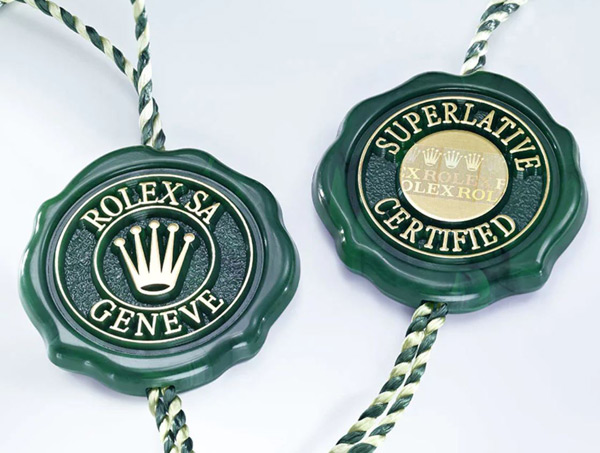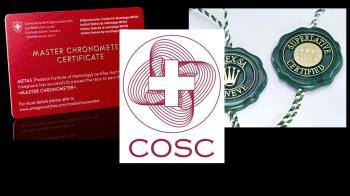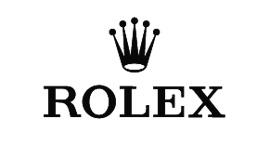To achieve certification as an official chronometer from the COSC, a movement has to pass tests in five positions at three different temperatures, 8°,23° and 38° Celsius, over a 15-day period, after which the average daily rate must fall between - 4 and + 6 seconds. The most notable deficiency of a chronometer certificate is that it only tests the movement, not the finished watch. To prove that the quality of their watches goes over and above that of a COSC chronometer, some brands have devised their own, stricter, standards for certification.
Omega and METAS
Omega teamed up with The Swiss Federal Institute of Metrology to devise a new standard known as the Master Chronometer Certification. The certification is open to any watch brand, but Omega is currently the only brand to offer it, and only for its Co-Axial Master Chronometer models.
To be awarded this certification, the watch has to pass a 10-day test in a variety of circumstances. The movement is subjected to a 15,000 gauss magnetic force and placed in two positions, and the function is checked. It is cased and tested again, being subjected to 15,000 gauss, with precision being checked after a period of 24 hours. Timekeeping is observed over a four-day period and subjected to two temperatures in six different positions.
The power reserve function is also checked, with time-keeping results recorded at 100% power reserve and then 33%, the difference is used to ensure that the power reserve is within tolerance across its full range. The rated water resistance of the watch according is also tested in water. METAS ultimately require the watch to have an average daily rate between 0 and + 5 seconds.

Rolex and the Superlative Chronometer
Rolex also adds its own stricter requirements to those of the COSC for every mechanical watch it produces. Its “Superlative Chronometer” label requires an average daily rate between -2 and + 2 seconds per day when cased, tested in seven static positions and on a rotating rack simulating real life wear, performed over a period of 24 hours.
Water resistance is checked with all standard models being taken to their rated depth plus 10% in water bath and divers models tested to plus 25% of their rated depth. Rolex even has a special high-performance tank that can simulate the pressure at 4,875 metres (16,000 feet) below sea level (that’s the 3,900 metres water resistance for the Deepsea model plus 25%).
The self-winding function and power reserve are also monitored as part of the testing requirements.
Rolex make no specific mention of any magnetism requirements that their movements undergo, and the testing process is somewhat of a secret, but they have been producing their Milgauss watch, which is resistant to 1,000 gauss, since 1956, so we can be sure that their standards are strict.

Conclusion
Stricter standards amongst the watchmaking community are definitely to be welcomed, especially when they cover the watch as whole unit. But it’s worth remembering that the two cases above are a complement to COSC certification, not a replacement of it.
COSC also stands up as a quality control officer for the consumer, as a uniformed standard across the board, especially for smaller brands, and gives the customer a safety net knowing that an independent external body is monitoring precision.
COSC is an age-old institution that has indeed stood the test of time, and will continue into the future.







